Army Aims To Alter Space Domain Approach
As the space domain’s role in the modern battlefield becomes increasingly prominent, U.S. Army personnel work to ensure that they are prepared for the future fight within this emerging environment. Branch leaders are executing this modernization effort by attempting to implement a plethora of ideas and initiatives, an effort that is highlighted by their goal to create and establish an Army Space Branch.
This month, Army officials pushing for the Army Space Branch are preparing for Army senior leaders to complete the approval process and either approve or reject the proposal, marking a pivotal time for its development. Proponents want senior officials to decide in time for the Association of the U.S. Army’s annual meeting and exposition, which the nonprofit organization holds in mid-October in Washington, D.C., according to Brig. Gen. Donald Brooks, deputy commanding general for operations at the U.S. Army Space and Missile Defense Command (USASMDC). While they wait to hear from Army senior officials, USASMDC leaders have already overcome several obstacles and addressed various needs ahead of time to make sure that the Army Space Branch is ready to go if senior officials give it the green light.
Army Space Branch supporters have officially secured a military occupational specialty (MOS), a development that leaders are expected to announce during the Association of the U.S. Army’s annual meeting and exposition later this month, according to Brooks. Establishing this new 40D, space operations specialist, MOS, will guarantee that prospective personnel report to their new Army space duties with the proper preparedness, experience and knowledge about the space domain. Furthermore, Army Space Branch advocates are sifting through candidates to select the first group of 40 deltas. The 40D MOS will go live starting on October 1, 2026. Before then, these 40 deltas may have different responsibilities and titles, but after October 1, 2026, their duties are likely to change, and they will then become space operators for the Army, according to Brooks.
Additionally, team members have established the vision for the Army Space Branch. Their approach consists of two main areas of focus: the integration of space capabilities from industry and other branches of the military, and the protection of the United States and its allies by preventing enemies from getting their hands on advanced space capabilities and technologies. To address the first area of focus, USASMDC officials are calling on Army personnel to prioritize these four capability-related categories: positioning, navigation and timing; satellite communications; intelligence, surveillance and reconnaissance; and missile warning. The vision urges commanders and leaders to learn how threats from space affect operations taking place in the land domain and vice versa. This knowledge will enable Army officials to achieve the second area of focus, according to USASMDC officials.
Pushing these two major accomplishments over the finish line is a significant breakthrough for the development and establishment of the branch, but as aforementioned, senior leaders are currently deciding whether to approve the branch, a decision that Brooks expects senior leaders to make soon.
“I think we’re right on the cusp of getting the senior leader decision for a space branch within the Army,” Brooks said in an exclusive interview with SIGNAL Media. “I don’t want to get out in front of them, but I would say it’s imminent. The conditions are good, and right now, it’s all positive.”
Additionally, Brooks and his team completed the branding of the possible Army Space Branch. Proponents are ready to unveil the branch’s insignia and color scheme, according to Brooks.
If the group is approved, team members already know their next steps. They will prioritize completing an engagement strategy and a plan for the future of space operations, personnel, formations, capabilities and direction to ensure transparent and consistent communication between parties, according to Brooks.
The Army Space Branch will provide the Army with a team filled with trained and experienced warfighters striving to gain an advantage within the space domain over adversaries. This might sound similar to the objective of the U.S. Space Force, but the Army Space Branch would exist not to step on their toes, but rather to collaborate with the Space Force to fill in the gaps.
“We recognize space as a warfighting domain, and it’s not so much in the orbit of space as a warfighting domain, but space as a domain, terrestrially and extraterrestrially as well,” Brooks said. “So, we in the Army, just like the Marines, and I think the Navy and the Air Force, our use of space is much different than [how] the Space Force considers space as a warfighting domain. Those are good. You want that complementary nature. You don’t want gaps and seams between the services, and that’s how collectively we work as a joint organization in that joint construct to fight and win our nation’s wars.”
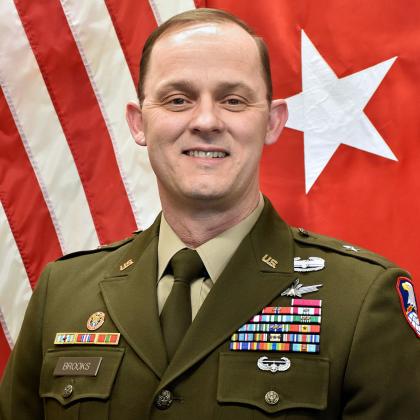
I think we’re right on the cusp of getting the senior leader decision for a space branch within the Army. I don’t want to get out in front of them, but I would say it’s imminent. The conditions are good, and right now, it’s all positive.
Furthermore, each military branch has its own service-specific requirements, which is another reason why the Army needs its own space branch and how it differs from the role of the Space Force, Brooks explained. Service chiefs and secretaries met to address concerns that the Army Space Branch is redundant and duplicates the Space Force. These discussions calmed their worries, according to Brooks.
This comes as the threat environment over the last 20 to 25 years has changed significantly. Adversaries have created methods of denying, degrading and disrupting the ability of the United States to use space. The Army Space Branch can help the United States stave off these attacks and stay ahead in the critical race for space superiority, a crucial battle due to the plethora of warfighting functions that can be conducted with the assistance of space, including command and control, movement, maneuver, intelligence, fires, protection and sustainment, among others, according to Brooks.
“As our adversaries seek ways to disintegrate and to fracture those warfighting functions to make us less effective and efficient in our ability to warfight, we recognize that as the Army, that we need to be better prepared in today’s fight and most definitely in that future fight to protect our use of space and that freedom of access movement maneuver within the space domain,” Brooks said. “We want to protect that, so we have been developing formations and force structure to do that.”
Other ways that Army officials are revolutionizing their approach to the space domain include the passing of a new space training strategy within the military branch. This policy highlights the importance of normalizing space training and education across the Army and offers a look at how Army space can bolster overall Army operations by 2030, according to USASMDC officials. Additionally, Army leaders are emphasizing the importance of space-based education. The Space and Missile Defense Center of Excellence consists of a school that offers 21 courses, ranging from space operations to global missile defense. To accommodate their new approach to space, Army space officials have restructured the courses to account for future growth, according to Brooks. The updated space training strategy addresses not only the operational side, but also the institutional side, Brooks added.
“We see ourselves going into the various centers of excellence across the Army into the professional military education, starting at the young private or young lieutenant all the way up to the captain’s career course or the senior leader course for our noncommissioned officers up into the Sergeants Major Academy and then War College, building out the operational and the institutional lines of effort to make sure our Army is prepared and our leaders are prepared to fight and win in this space domain,” Brooks said.
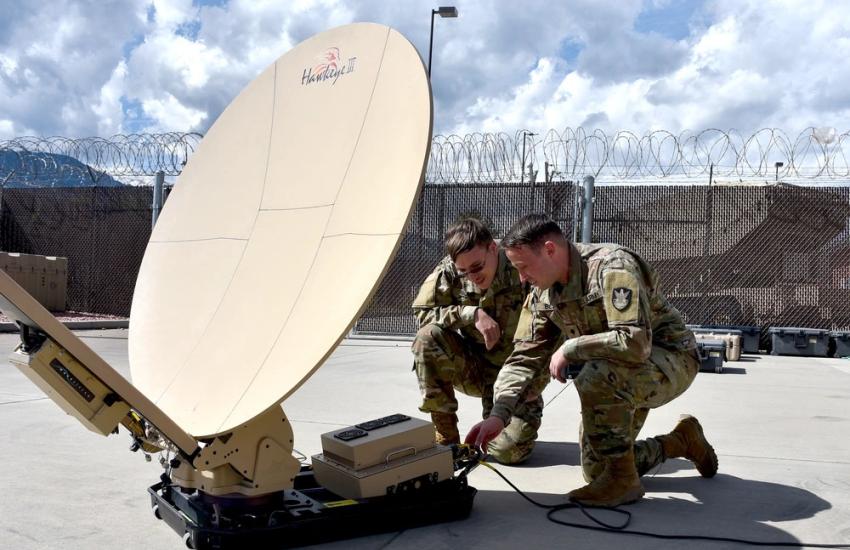
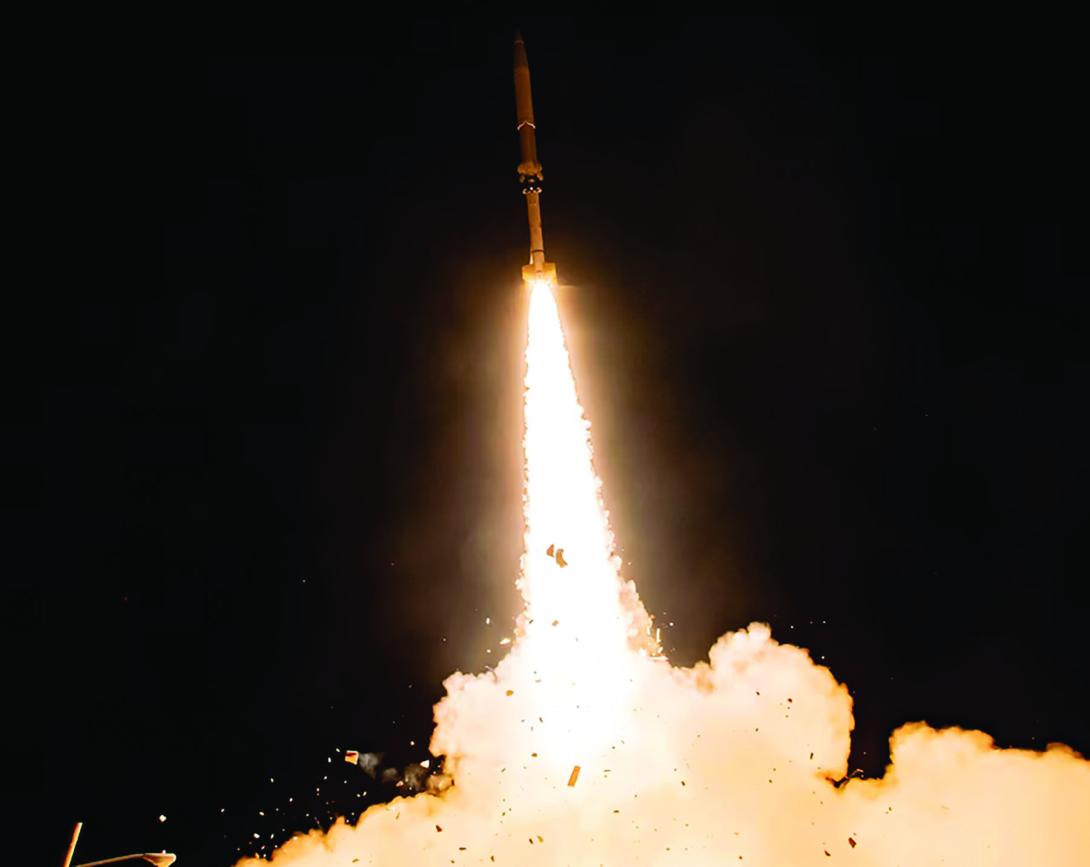
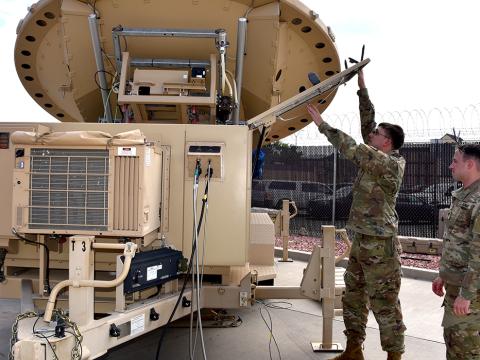
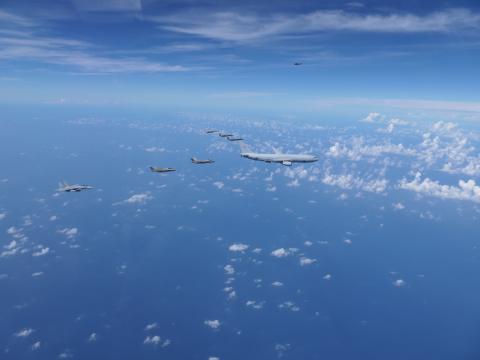

Comments